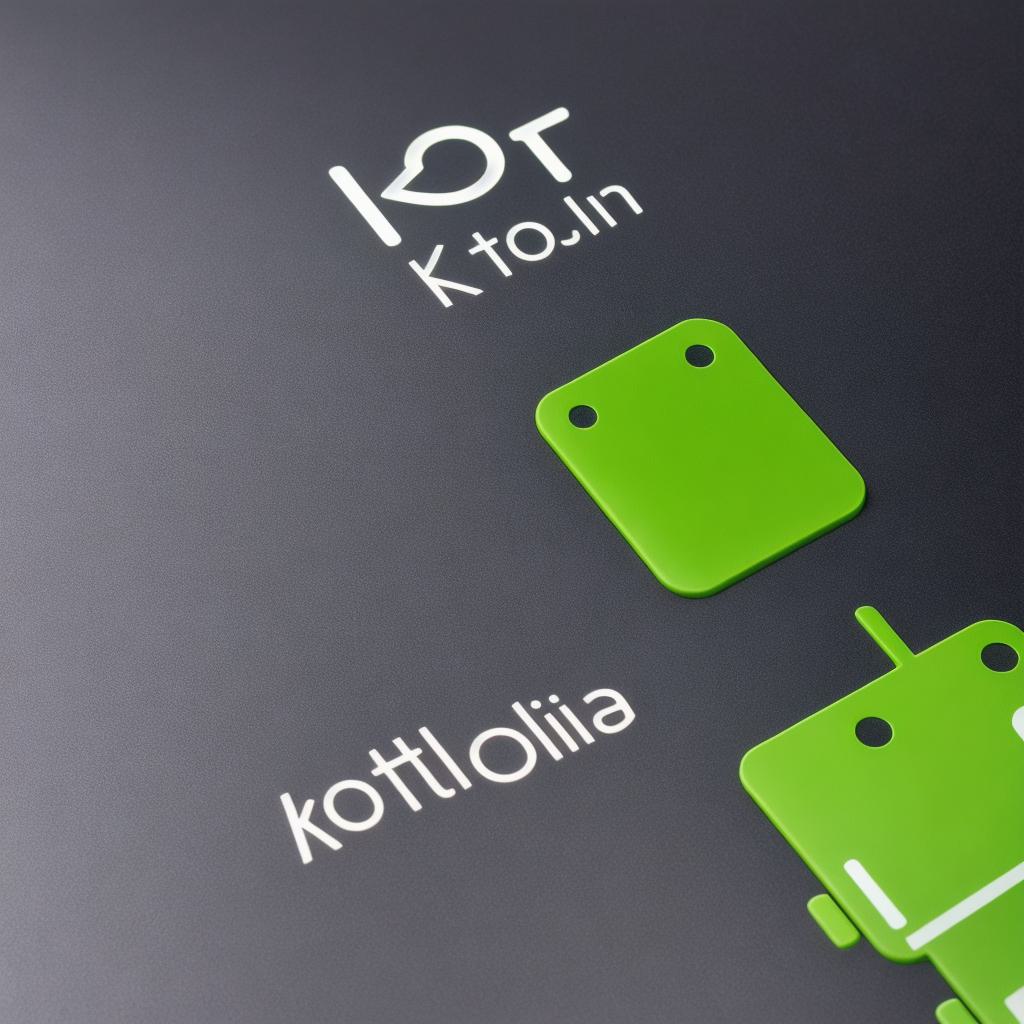If you’re interested in learning Android development with Kotlin but don’t know where to begin, this article provides a comprehensive roadmap that will help you succeed. We cover everything from the basics of Kotlin to advanced topics such as data binding and reactive programming. Here’s what you need to know:
Why Learn Kotlin for Android Development?
Kotlin is an official programming language for Android development introduced by Google in 2015. Since then, it has become one of the most popular languages for developing Android applications due to its simplicity, performance, and ability to interoperate with Java code. Here are some reasons why you should learn Kotlin for Android development:
- Kotlin is statically typed, which reduces the likelihood of bugs caused by null reference exceptions.
- Kotlin code is more concise and easier to read than Java code, making it faster to write and maintain.
- Kotlin has built-in support for extension functions and lambda expressions, which makes it easier to write clean and reusable code.
- Kotlin can be used with Android Studio, the official Integrated Development Environment (IDE) for Android development.
Getting Started with Kotlin for Android Development
To get started with Kotlin for Android development, you need a basic understanding of Java programming and the Android platform. Follow these steps:
- Install Android Studio: Download Android Studio from the official Google website. Open the IDE and create a new project.
- Choose a Kotlin-enabled project template: In the New Project dialog box, select "Kotlin" as the programming language. Choose a project template based on your requirements.
- Set up the Android Gradle build tool: Android projects use Gradle as their build tool. Configure the Gradle build settings for your project and add any necessary dependencies.
- Write Kotlin code: Start by creating a simple Kotlin file in Android Studio. Run the code on an Android emulator or physical device to test it.
- Learn Kotlin basics: Once you have written some code, learn the basics of Kotlin programming. There are many online resources available, including tutorials and courses, that can help you get started.
Advanced Topics in Kotlin for Android Development

Once you have a solid foundation in Kotlin programming, explore some advanced topics:
- Data binding: This feature allows you to bind data from your data source to views in your user interface, simplifying the process of updating the UI when data changes.
- Reactive programming: Use reactive programming with Kotlin’s RxJava library to make your code more responsive and scalable.
- Multithreading: Android apps often run on multiple threads, which can cause race conditions and other issues. Kotlin provides features such as coroutines and suspend functions that make it easier to write thread-safe code.
- Testing: Write unit tests for your code using Kotlin’s built-in support for testing, including JUnit and Espresso libraries, which can help you write efficient and effective tests.
FAQs
- What are some common challenges in learning Kotlin for Android development?
- Some common challenges include getting started with the language, understanding its syntax and features, and finding resources to learn from. However, there are many online resources available that can help you overcome these challenges.
- How does Kotlin compare to Java in terms of performance?
- Kotlin is generally faster than Java due to its use of just-in-time (JIT) compilation and other performance optimizations. However, the difference in speed is usually negligible for most applications.
